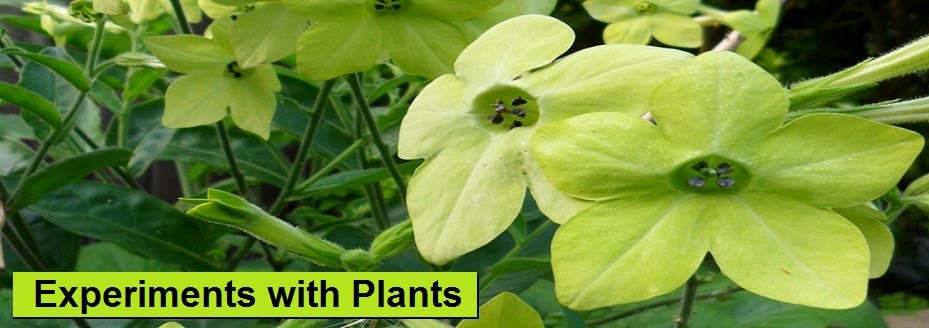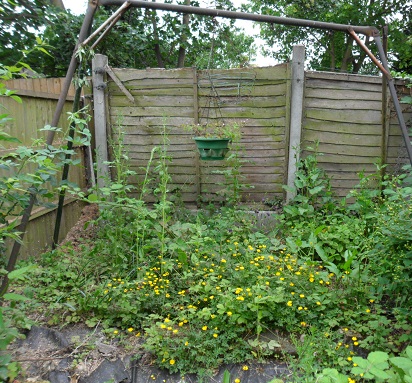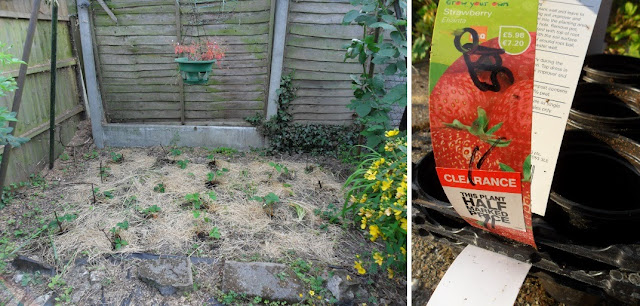The most difficult part was deciding where to draw the line between adequate and in need of renovation. At one point I considered knocking down the whole wall and laying bricks from scratch, it would have been easier. A builder driving by stopped and quoted £800. I was tempted, but declined - I had begun and would finish, somehow.
It didn’t take long for the conquering spirit to wane - I wished I had never started, vowing to think twice in future. I was staring at the wall hopelessly when a passing stranger asked if I was trying to take the wall down. I explained that when I tried to remove the damaged parts of the wall, the bricks underneath broke off too. He gave me a tip on how to handle the bolster correctly. Thanks to him - I finally removed the damaged bricks in less than ten minutes.
I hardly spoke to my neighbours “before the wall”. Everyone is occupied with their own business in
I learnt to mix mortar, starting with a prepared mixture, then graduated to mixing cement and sand. A wooden spoon and a bucket were the only tools required - just like mixing cake batter. The wall was repaired as intended, though it will probably need to be redone by a professional in a year or two. One of my neighbours informed me that I was in good company with Winston Churchill. I checked the internet curiously and indeed found pictures of him bricklaying while smoking a cigar. I can understand how it could become addictive, I had grit in my hair and my hands were ruined, yet it felt so good - a world apart from my office job.
During this time I experienced an epiphany. Without analysing my future prospects, I found myself checking out the internal job postings at work and applying for a position which was a bit more creative and a bit less corporate than the current one. I interviewed for it (thought it best not to mention the wall) and start tomorrow !
Having invested so much time and care on the wall, I imagined the final touch would be a traditional box hedge. A friend warned that they are more trouble than they’re worth as their roots penetrate deeply and can destroy the foundations of the wall. Literally the weekend after, I went to the supermarket to buy groceries and there was a trolley at the entrance advertising buy-one-get-one–free box plants for sale. What was the likelihood of that? Of course, I bought six.
The boxes looked like they needed repotting. The soil fell away in clumps, as if the roots had been folded over and packed in. They seemed fibrous and it was hard to imagine that they could cause damage but I chose to stay on the cautious side keeping the plants in pots.
For now, the boxes are lined up with their soil covered with pieces of broken render. I’m hoping that as the months go by they will merge together into a sort of hedge. (It’s possible to encourage more open-growth by hanging fishing weights from the outer branches.) Anyway, they distract one’s eye from the wall behind them.
Today I'm linking to Patient Gardener's End of Month View :
http://patientgardener.wordpress.com/2013/10/31/end-of-month-view-october-2013/
©Copyright 2013 b-a-g. All rights reserved. Content created by b-a-g for http://experiments-with-plants.blogspot.com/2013/10/box-31-oct-2013.html























































